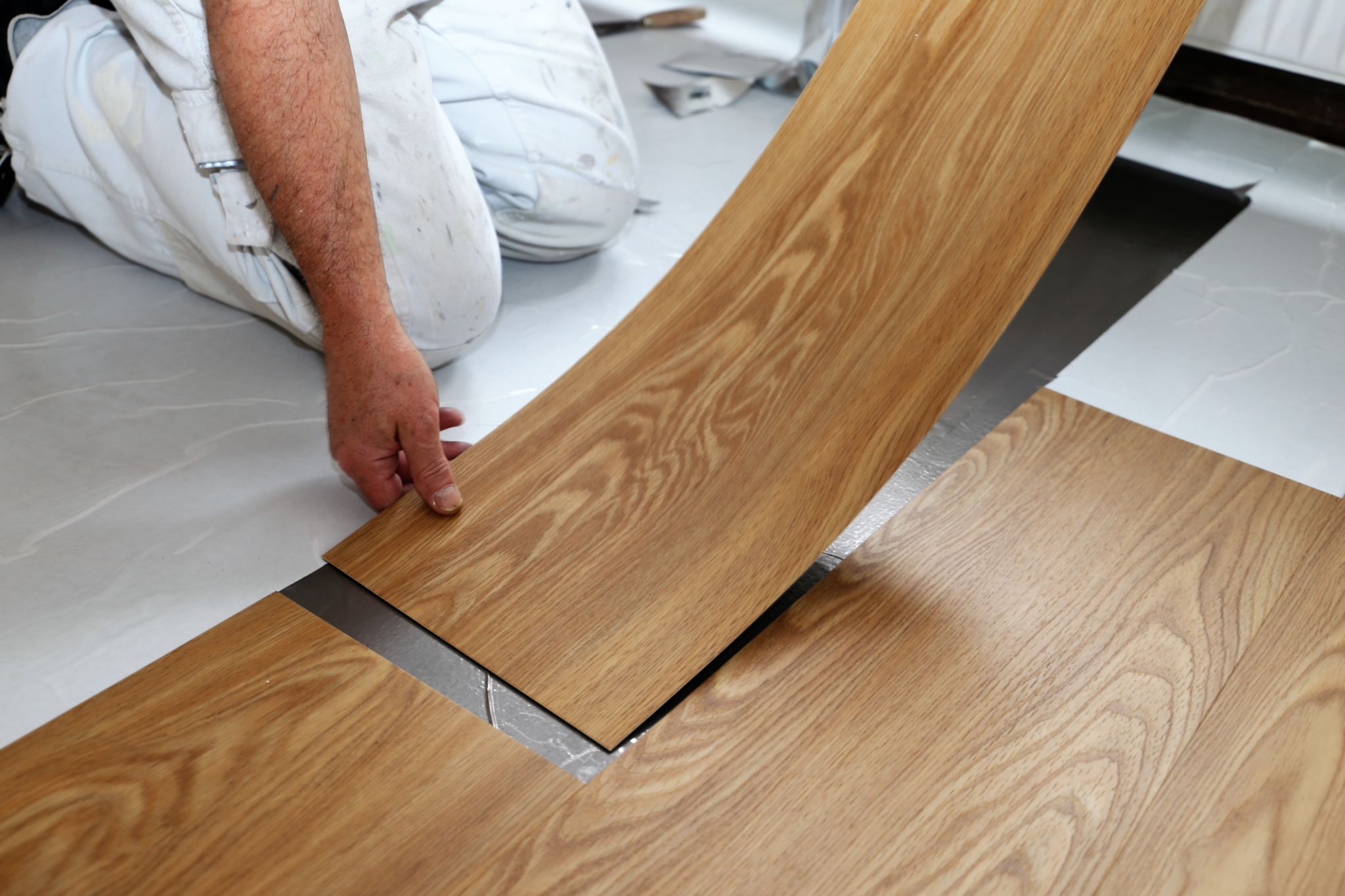Common Flooring Mistakes to Avoid: A Beginner's Guide
Understanding Your Space
When choosing flooring, it's crucial to understand the specific needs of your space. The flooring that works in a high-traffic living room might not be suitable for a moisture-prone bathroom. Consider how the room is used, the amount of foot traffic, and exposure to elements like sunlight or water. Not taking these factors into account can lead to premature wear or costly replacements.
Additionally, assess the subfloor condition. A smooth, clean subfloor is essential for a successful installation. Failing to prepare the subfloor properly can result in uneven surfaces and squeaky floors. Always repair any damage and ensure the subfloor is dry before proceeding.

Selecting the Right Material
With numerous flooring options available, selecting the right material can be overwhelming. Common choices include hardwood, laminate, vinyl, tile, and carpet. Each material has its own set of advantages and limitations. For instance, hardwood offers durability and elegance but may not be ideal for areas with high moisture.
Consider your lifestyle when choosing materials. If you have pets or young children, opt for flooring that is scratch-resistant and easy to clean. Laminate and vinyl are excellent choices for busy households due to their resilience and low maintenance.

Measuring Accurately
One of the most common mistakes beginners make is inaccurate measurement. Always double-check room dimensions before purchasing materials. It’s advisable to purchase a little extra to account for cutting mistakes or future repairs. An incorrect quantity can lead to delays and increased costs.
Use precise tools such as a measuring tape or laser measure for accuracy. Don’t forget to measure around obstacles like doorways and built-in furniture. Proper measurements ensure a smooth installation process and a professional finish.

Ignoring Maintenance Requirements
Every flooring type comes with its own maintenance needs. Ignoring these requirements can shorten the lifespan of your floor. For example, hardwood floors require regular polishing and protection from moisture, while carpets need frequent vacuuming and occasional deep cleaning.
Before making a purchase, research the upkeep your chosen flooring demands. This will help you maintain its appearance and functionality over time. Being proactive about maintenance can save you from costly repairs down the line.
Installing Without Professional Help
Attempting to install flooring without professional assistance can be risky, especially for certain materials like tile or hardwood that require specialized skills. While DIY projects can be rewarding, they often come with challenges that might not be apparent at first glance.
If you're not confident in your abilities, hiring a professional can save time and prevent mistakes that could lead to additional expenses. Professionals have the tools and experience necessary to achieve a flawless finish.

